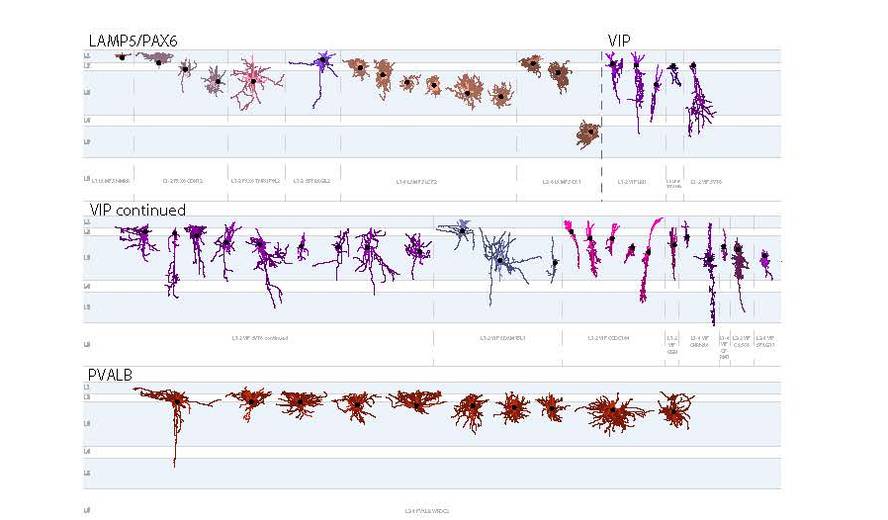They form an atlas of cells in the human brain.
An international team of researchers has formed a high-precision atlas of human brain cells. They have identified over 3,000 types of cells, many of them unknown. Researchers have emphasized that it is a breakthrough in understanding the human brain and that it will be very useful in researching disease, cognition and what makes us human.
The Atlas consists of 21 articles published in the Science, Science Advances and Science Translational Medicine journals. These are the final results of the BICCN project that the US National Health Institute launched in 2017.
Sequenced by RNA of 3 million brain cells from three dead men. A dissection of the motor cortex of a woman used in previous studies was added. Thus, 461 large cell categories and more than 3,000 subtypes were identified.
They note that neurons vary greatly in different parts of the brain and that some types of cells only appear in certain areas. On the other hand, one of the surprises has been the complexity found in the brainstem.
The mechanisms of gene expression and regulation in different cell types have also been analyzed, observing significant differences between different regions. Precisely, the determination of switches that activate or block brain gene expression may be useful for the diagnosis and treatment of certain diseases.
The next step of the BICCN project will be to sequence more cells from all parts of the brain. And they want to work with more samples to see what differences can exist between populations or age groups.






